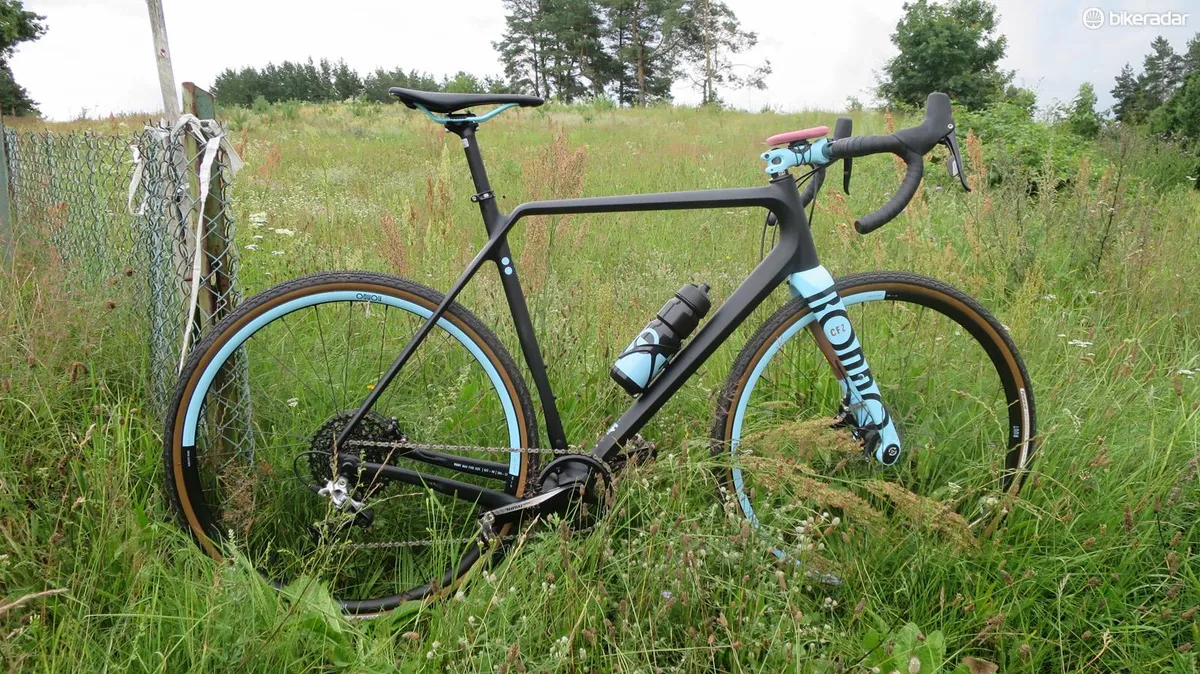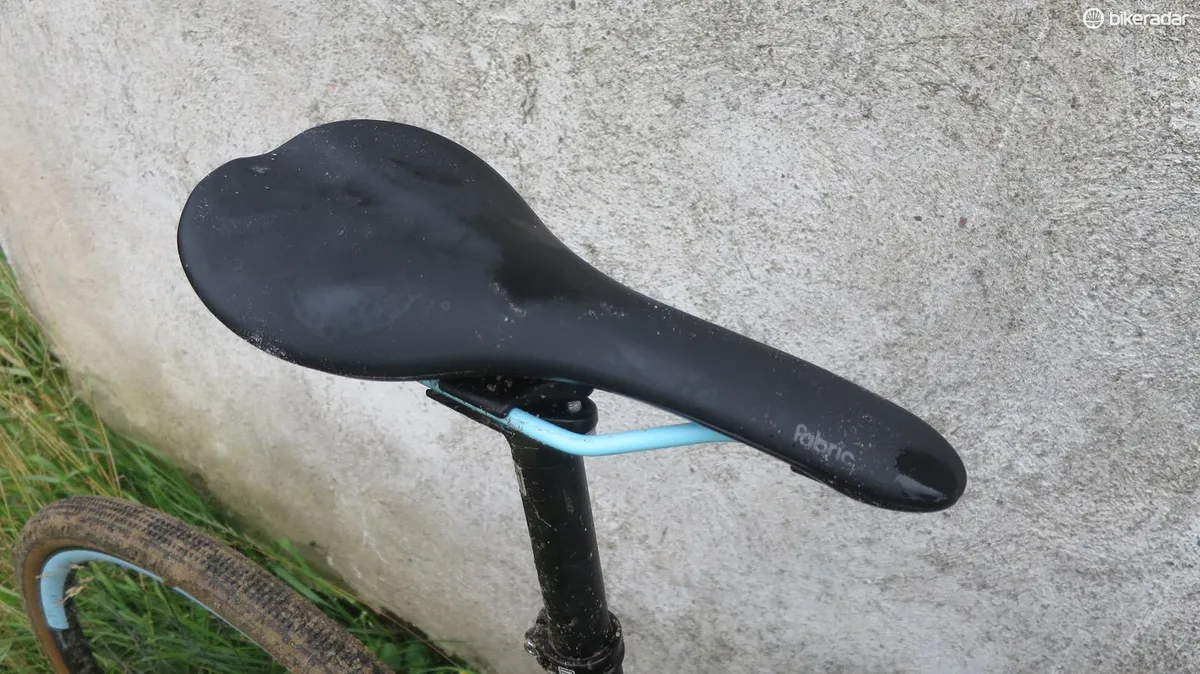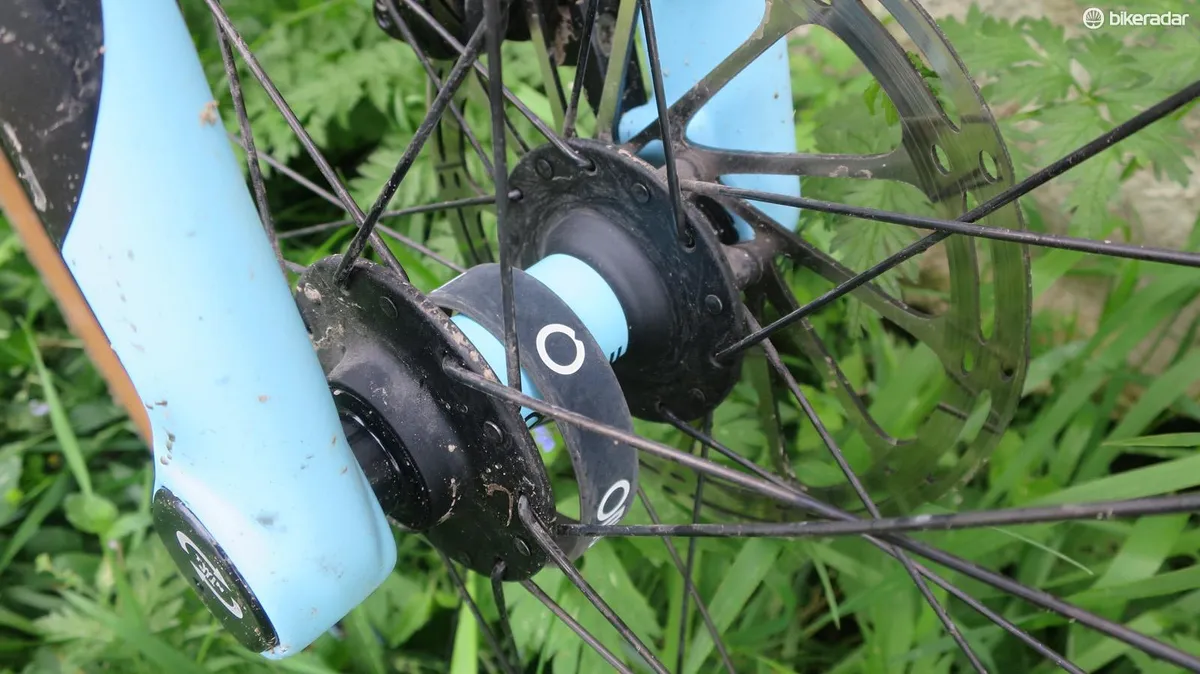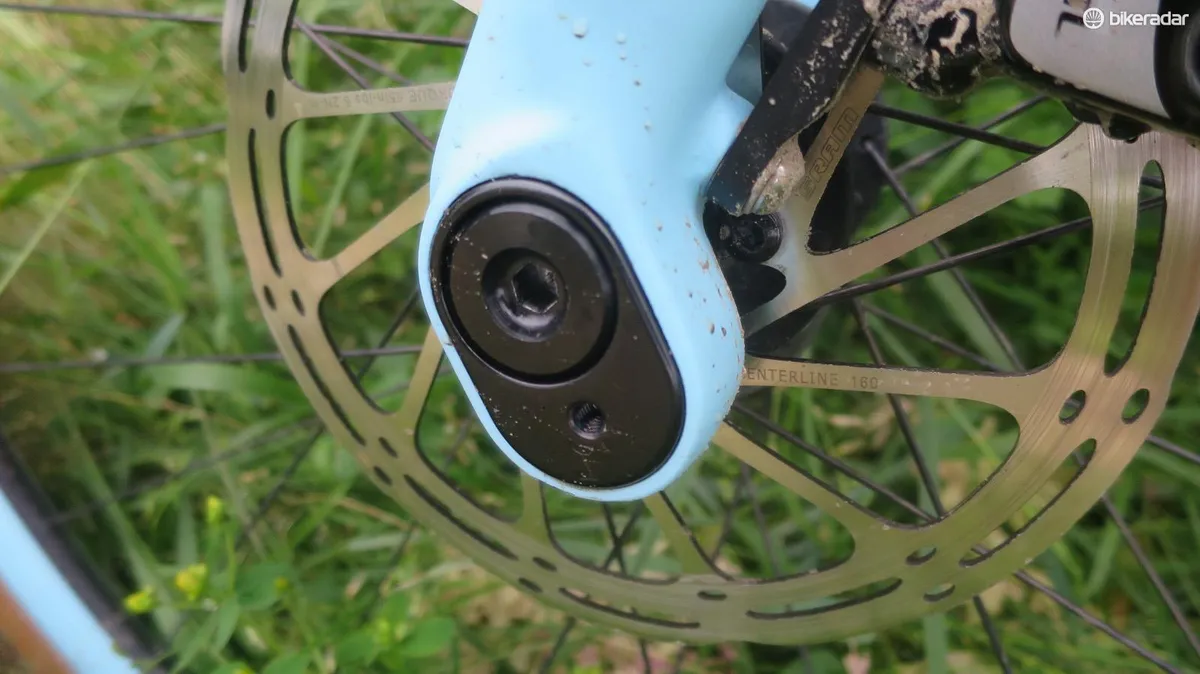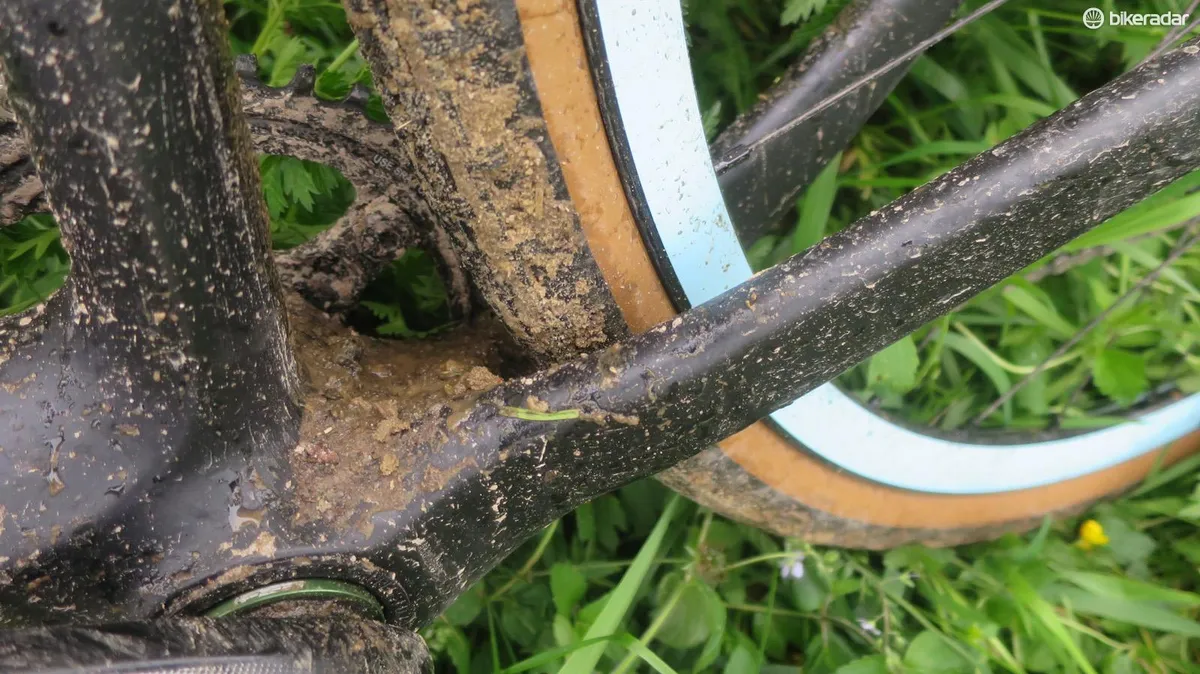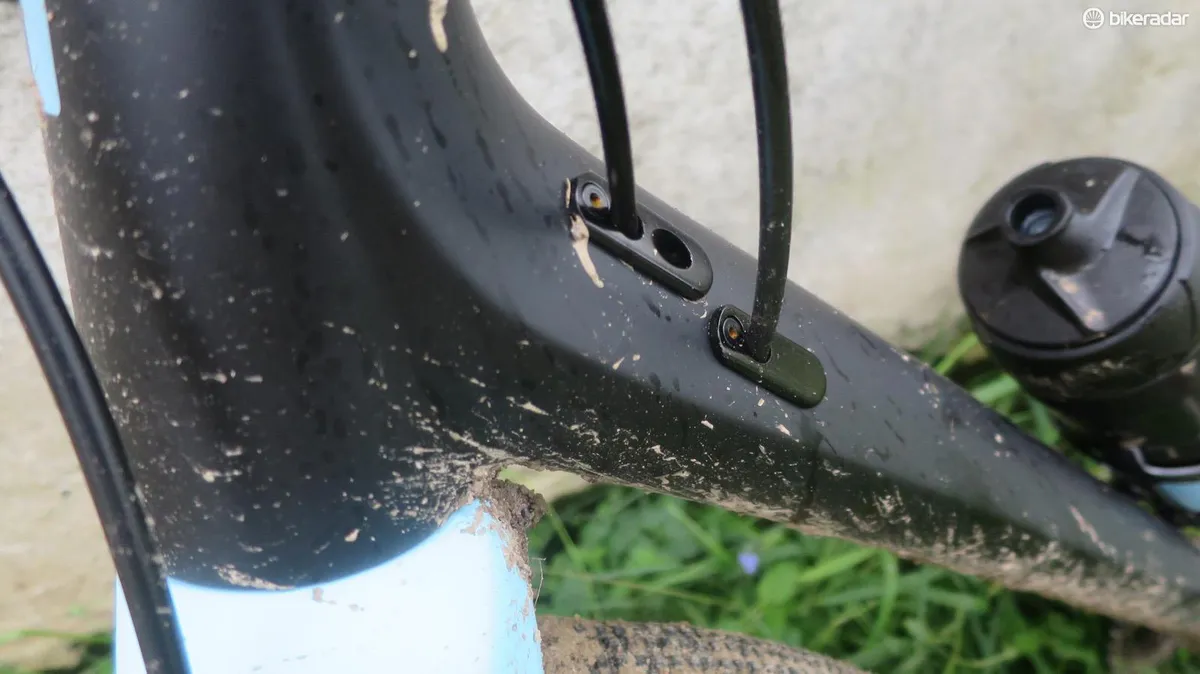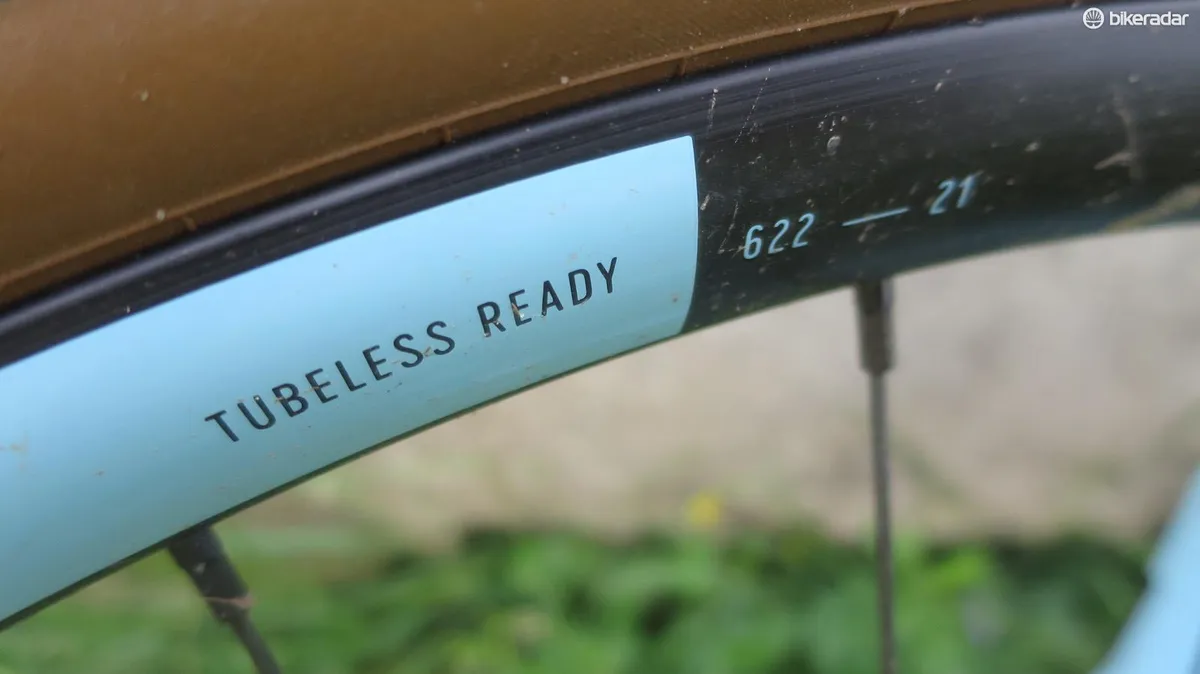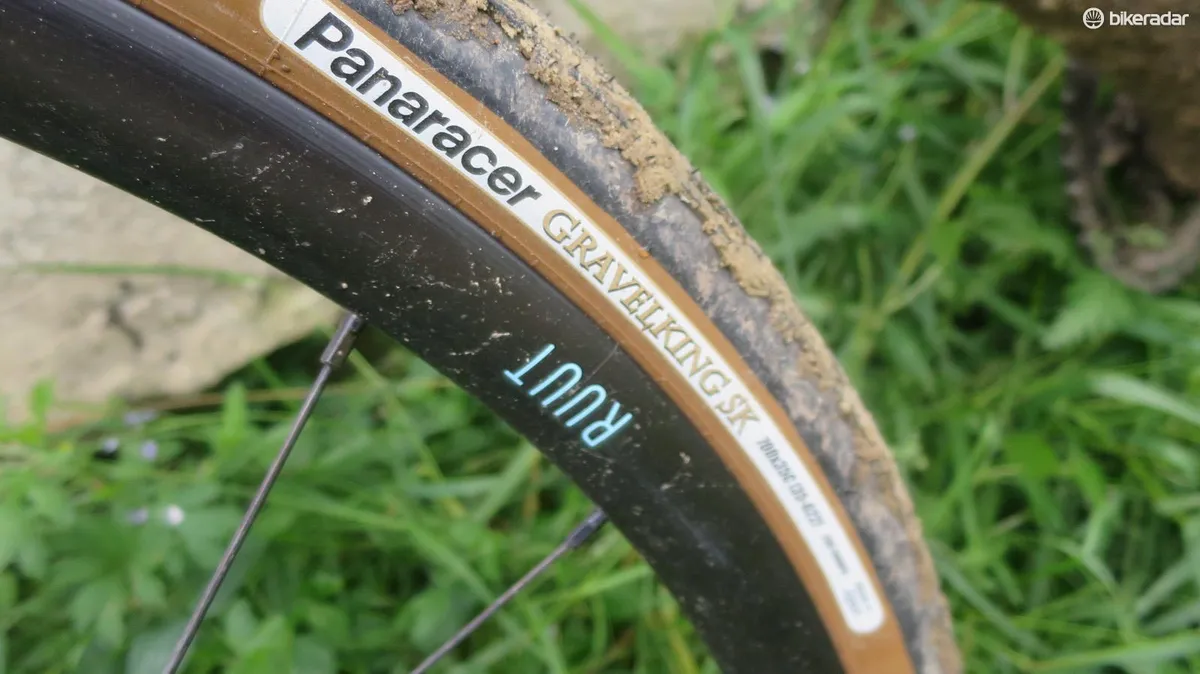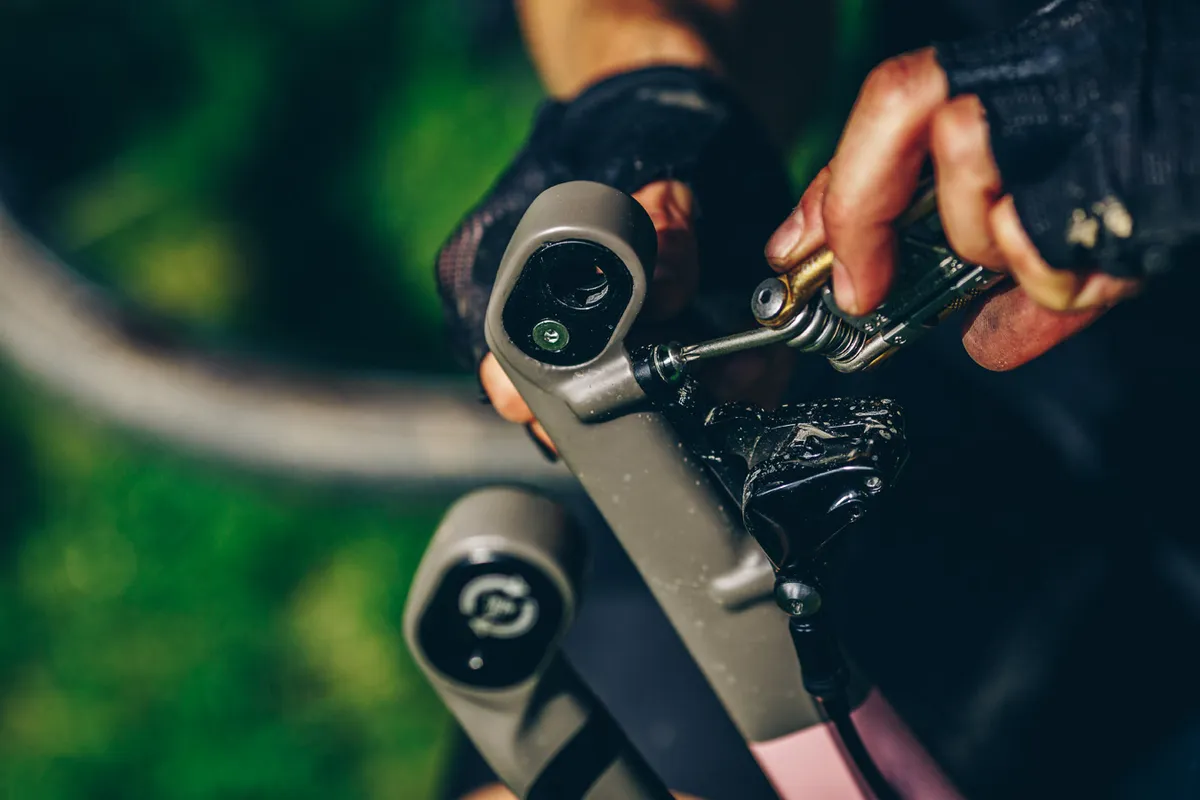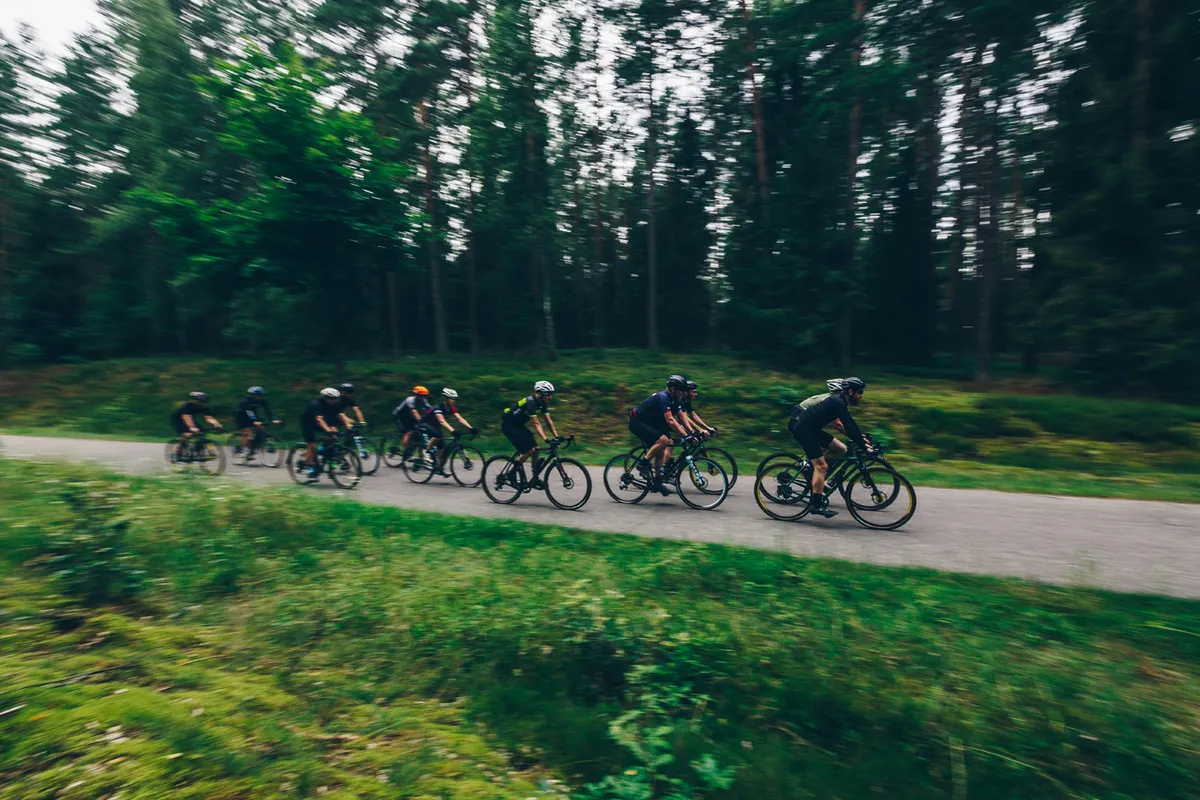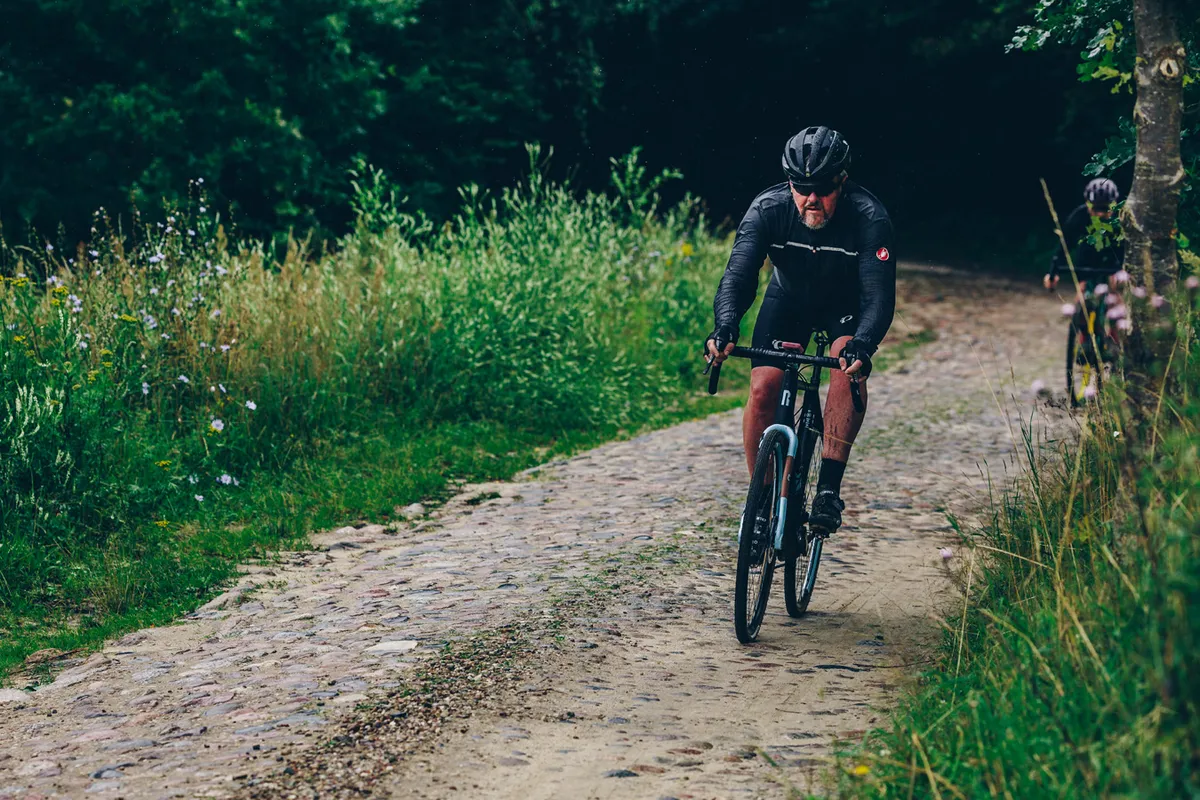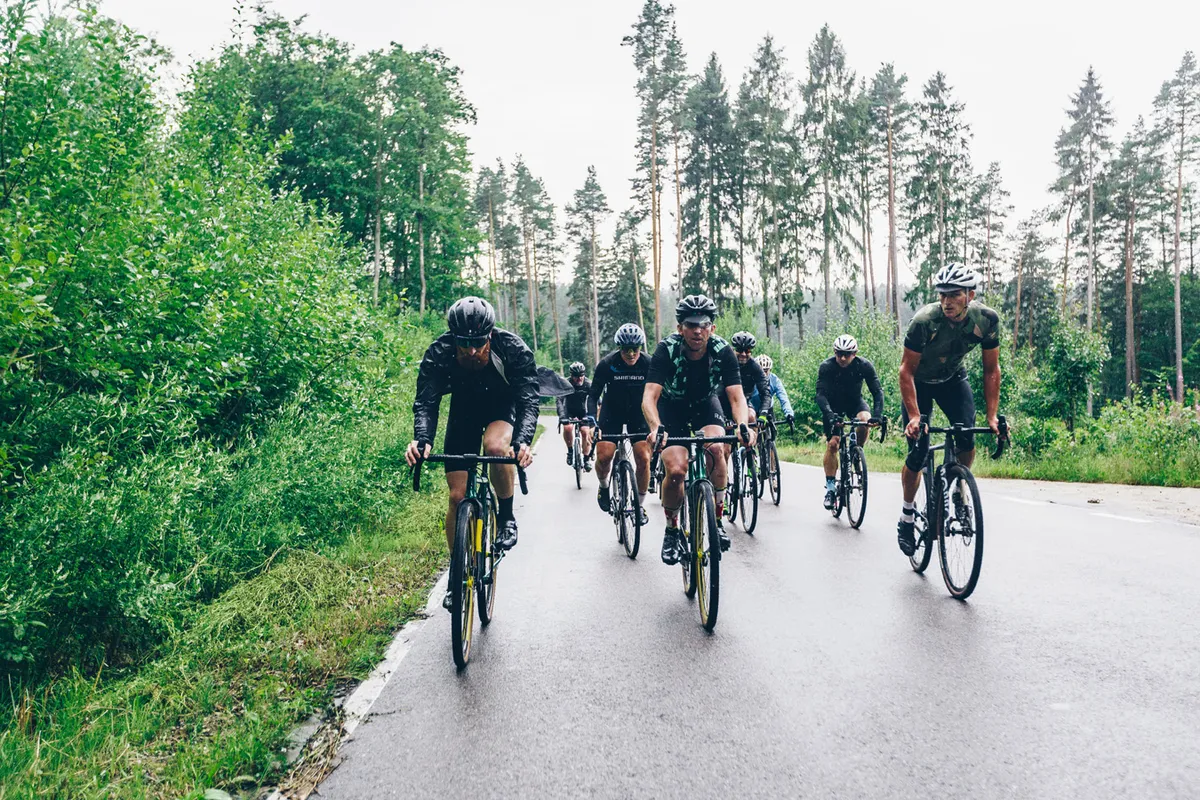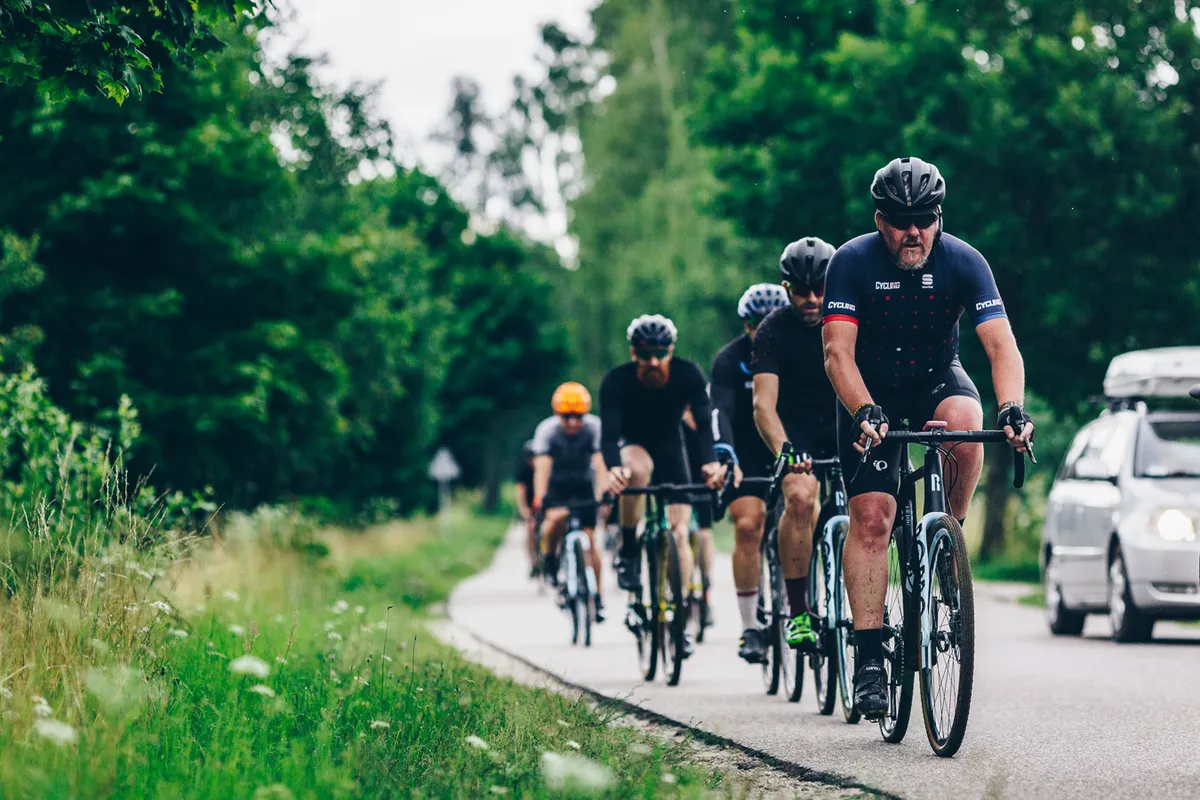We first saw Rondo’s gravel machine back at the Taipei show in March and since then have been looking forward to getting out on one. Thankfully, Rondo invited us to its Polish HQ near Gdansk to see the complete range and experience the Ruut out on the gravel laden trails in the north-western countryside of Poland.
- Best gravel and all-road bikes
- Best touring bike: how to choose the right one for you
- Get started with gravel grinding
Rondo Ruut CF2 specifications
- Frame: Rondo Ruut Carbon
- Shifters: SRAM Rival 1
- Fork: Rondo TwinTip Carbon 1.5 - 1.125
- Crankset: SRAM Rival 1 GXP 40t
- Handlebar: Rondo Flare 440mm
- Derraileur rear: SRAM Rival 1 type 2.1
- Grips: Velo Comfort tape
- Cassette: SRAM XG 1150 10-42 11-speed
- Stem: Rondo S: 90mm, M,L,XL: 100mm
- Chain: SRAM PC1130
- Frame sizes: S, M , L, XL
- Saddle: Fabric Scoop Flat
- Hubs Rondo sealed bearings
- Seatpost: Easton EA50 27.2 x 350
- Rims: Rondo aluminium 622-21
- Brakes SRAM Rival hydraulic brakes
- Tyres: Panaracer Gravel King SK 700C x 35
- Colour coordinated water bottles available separately
Riding the Rondo Ruut CF2
Our test ride of the CF2 in North Western Poland was a heady mix of terrain that included tarmac sections, Belgian style pave, gravel, dirt roads, deep sand tracks and plenty of mud.
I chose to run the CF2 in its high position on my Xl test bike; that gives a reach of 406mm, and a stack of 601mm. Compare that with, say, a new Cannondale Synapse (610mm, 393mm (58cm)) and you can see that it’s a pretty aggressive position for what is a gravel bike at heart.
Switch into the endurance position and you get 606mm of stack and a 400mm reach, but it’s the steering slackening to 71.5 degrees and the extra 10mm of fork offset that have the biggest difference to the handling. But in either option the Ruut certainly hasn’t been designed as a relaxed cruiser.
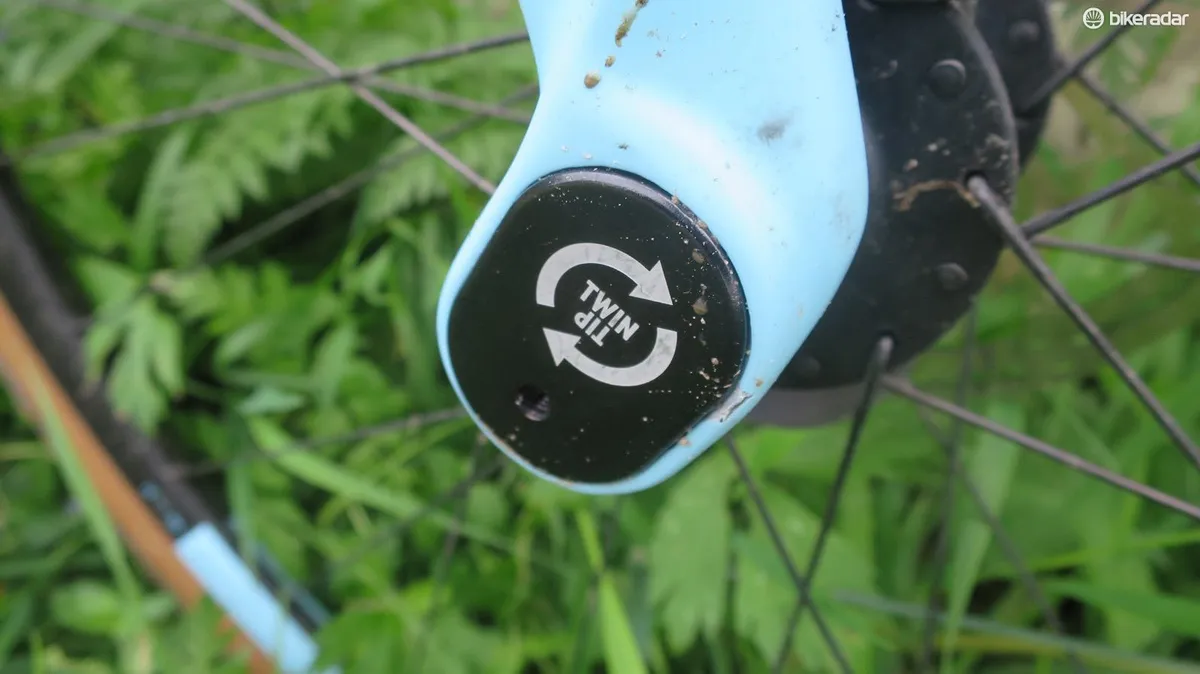
What really impressed with the Ruut, however, was its road manners in the racing position. Aside from the 35c tyres buzzing on the black top the CF2 really didn’t feel like a compromise on tarmac. Few gravel bikes manage this (only Orbea’s Terra has come close for me) but as soon as you get off the highway and onto the byways the CF2 comes alive.
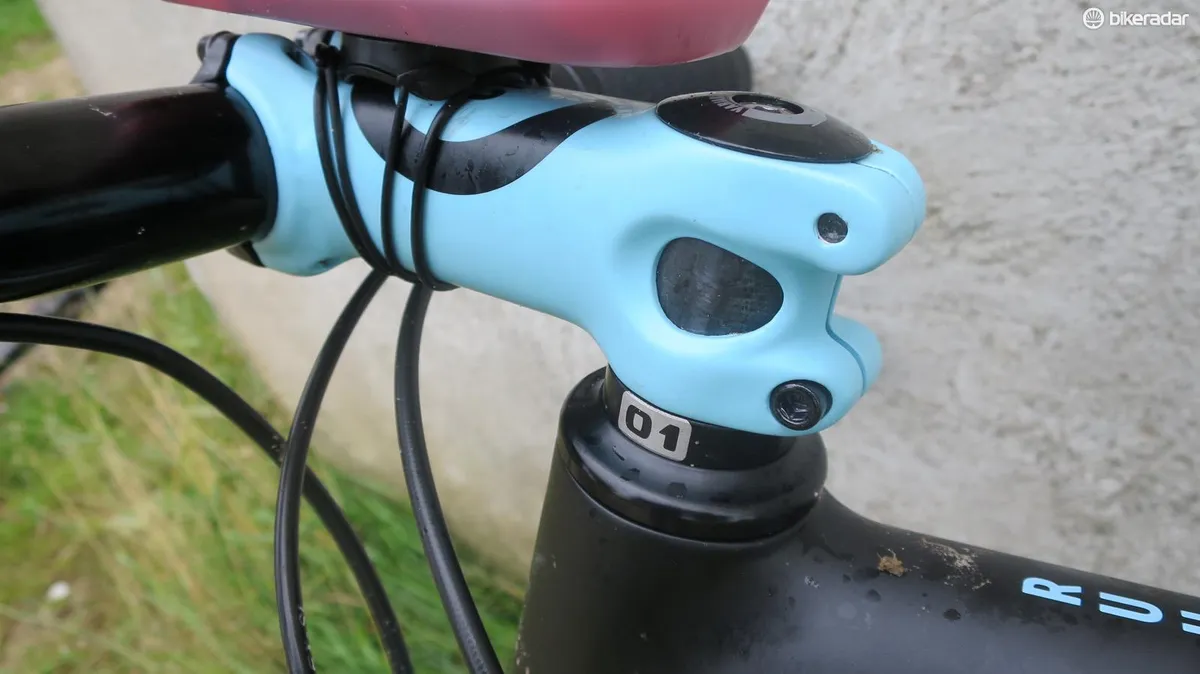
The Panaracer Gravel Kings' mix of super supple skinwalls and a pretty tenacious grip for such a shallow tread allowed me to ride through some pretty deep slick mud and across greasy slippery cobble stones with confidence. (Poland had had three solid days of unseasonal rain before I arrived.) This meant that I could really exploit the sharpness of the Ruut's handling.
It’s a bike that's easy to flick around and the relatively short 420mm chainstays (for a bike that can take tyres as big as the CF2 can) gave the confidence to thread through tight twisty sections on the gas rather than on the brakes.
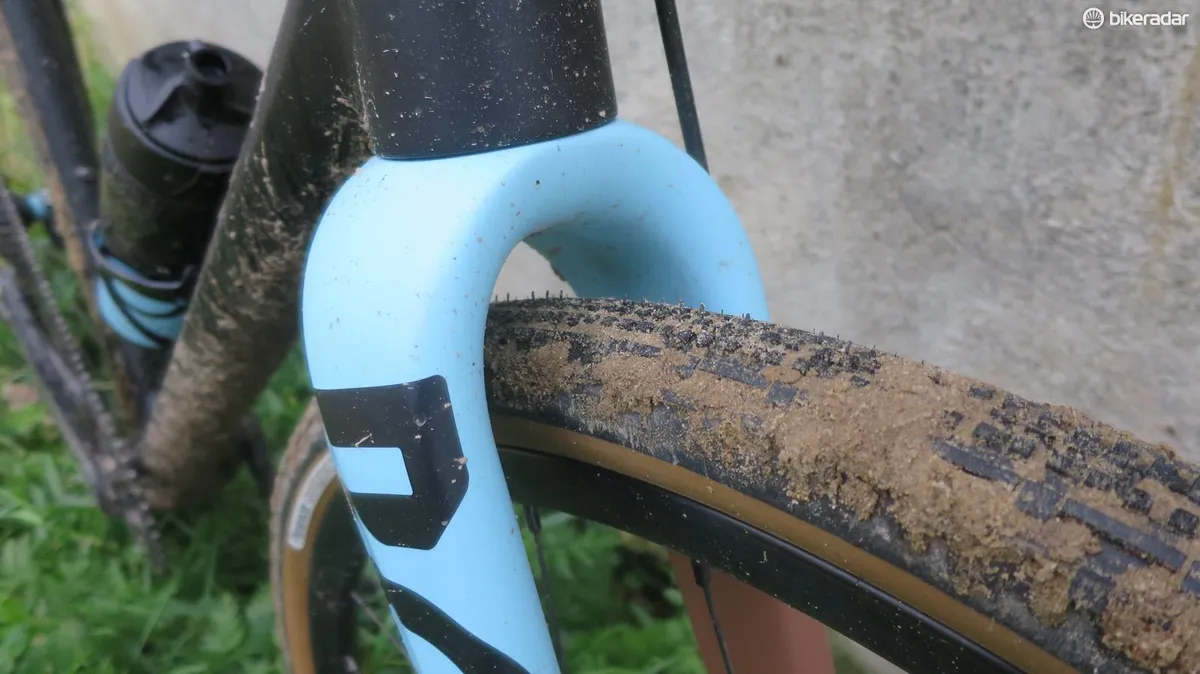
The chassis certainly feels solidly stiff, with no undue flex or rub from the tyres when sprinting. You can certainly feel the back end complying when riding at speed over cobbles and it's only here where I could get a slight sense of unbalance beyond the bounce in the tyres between the super stiff fork and the back end's compliance. That’s in no way a deal breaker and it certainly didn’t remove the smile from my face from the day's riding.
The Rival 1 drivetrain worked with decent punctuality on shifts and the brakes worked smoothly and squeak free on their 160mm diameter rotors. It was only after a few hours of riding in the sandy gritty dirt that the drivetrain started to show its displeasure, with the shifts slowing down and a few grinds and gripes starting to be heard at the extremes of the super wide 11-42 block.
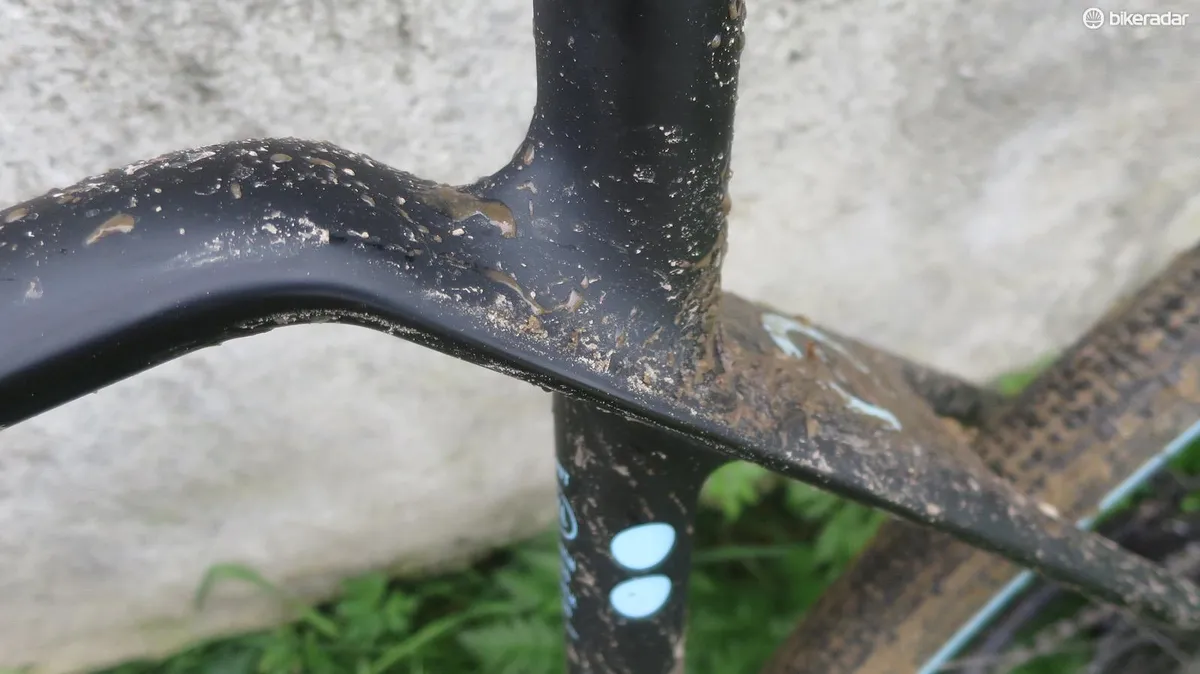
The more aggressive geometry works well off road, but you do get to the point where the sharpness means less confidence in the stability, especially on fast rutted descents, so after the long test ride I then switched the fork into its ‘endurance’ position, and rode back up to the top of our last descent.
This was a long straight gravel road made up of a high sand content that was full of washboard ripples all of the way down thanks to the days of rain it’d been subjected to.
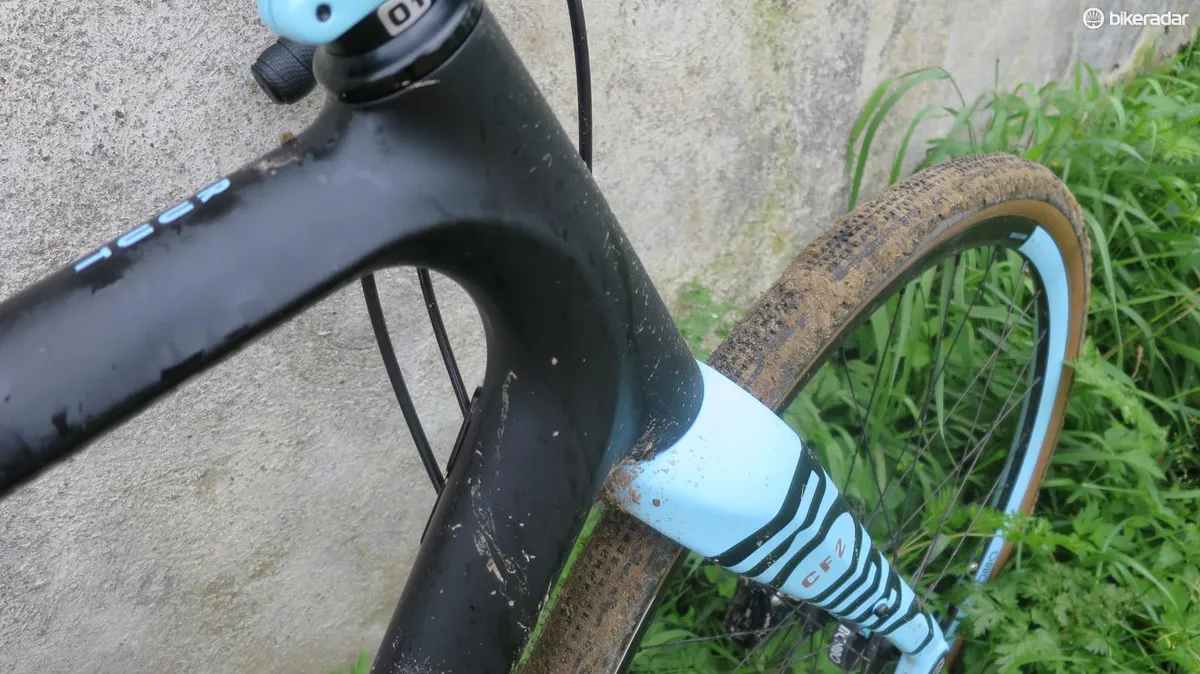
In the slacker position the bike felt all the more relaxed, and gave me the confidence to go that bit quicker. In the steep geometry setting my Garmin maxed out at 33mph on this descent. In the slacker setting that pushed up to 37mph, which certainly settled the proof of the matter for me that the handling changes from the simple twintip switch have a certain effect.
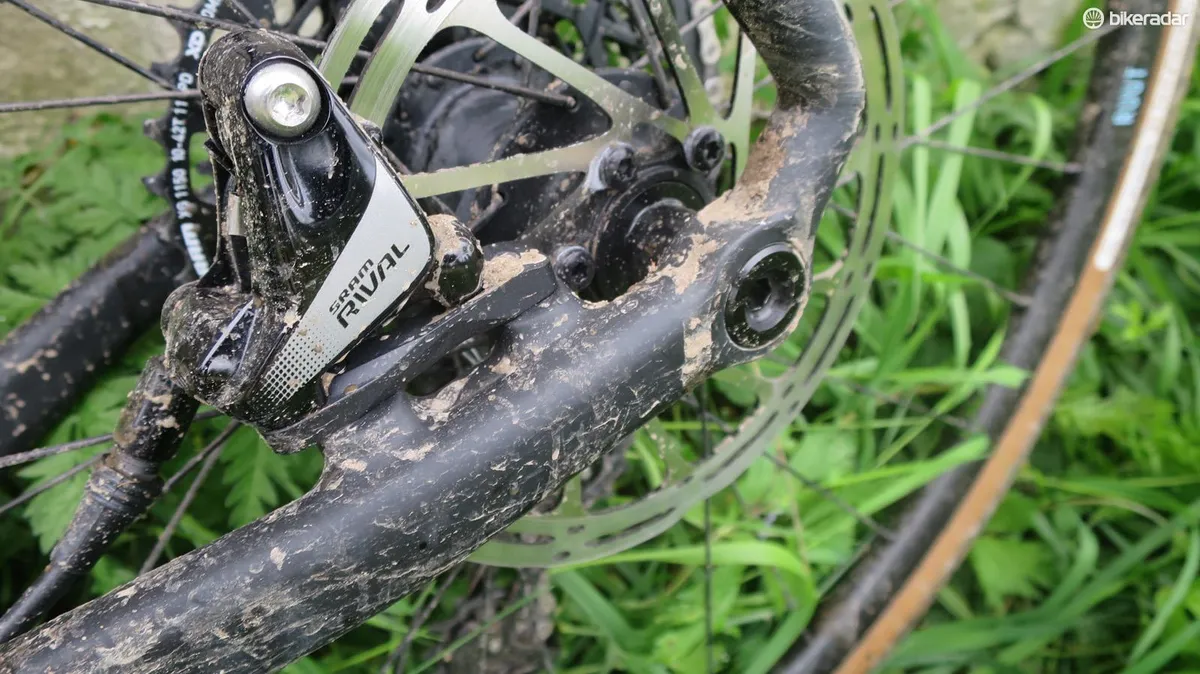
Rondo Ruut CF2 price
The Rondo Ruut CF2 will go on sale for £2,599 (about US$3,415 / AU$4,285).
Rondo Ruut CF2 early verdict
There is a lot that’s right about the Ruut: the tyres are excellent, the Fabric Scoop saddle is one of the best around and the deep, plush sticky Velo comfort tape means the contact points are spot on.
The concept is an intriguing one, and I do like the idea of being able to adapt the bike between handling traits, and it certainly bodes well for the Rondo brand especially if it can use this variable geometry for other instances. Perhaps an entry level starter road bike with easier handling for beginners that you can switch up to be more aggressive when your confidence rises.

Add in the versatility of being able to go from straight-out race tyres up to gargantuan off-road treads and the CF2 might just have a chance at being the only bike you’ll ever need. I’ve got a CF back on home soil so I’m looking forward to experimenting a bit more with the setups, and we’ll report back with a full review soon.
The downsides are the switching isn’t as simple as you’d imagine. The twin tip flipping is easy, but you do need to add an adaptor underneath the flat mount brake when switching to low (and remove it when going high) and I can see plenty of Ruuts being set into one position and just left that way for there lifetime, which I think would be a shame for this mighty morphin' gravel racer.
